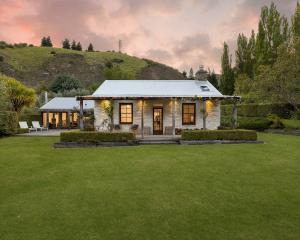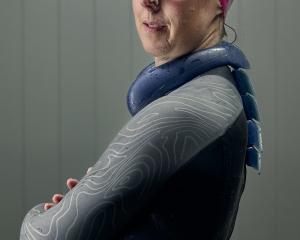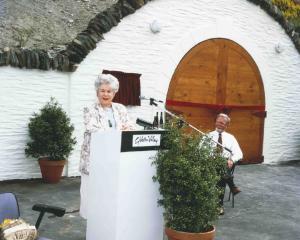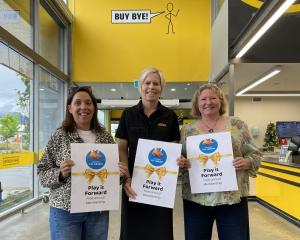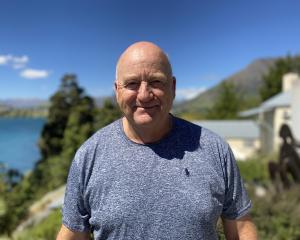More flights coming from Christchurch means more people. To feed more people, more food is required and there are now pallets of "freshies" - fresh fruit, eggs and vegetables - arriving at least once a week. Those who have been here a while look forward to these flights.
As you can imagine, a lot of planning goes into keeping the station ticking over smoothly. In the middle of December, the ice-breaker will arrive and cut a channel through the ice up to McMurdo Station. When that has been done, two ships will come in. One is an oil tanker, the other a container ship.
Since there is only limited access by ships each year, planning for equipment, provisions and scientific projects has to be completed well in advance. And then the scientists have to ensure that there will be room for their party on the aircraft and rooms available when they get to McMurdo.
Speaking of the scientists, they give open lectures to enable those who support them to hear what they are doing, and sometimes we learn why they are doing what they are doing. Sunday evening lectures are in the dining hall and Wednesday's are in the Crary Laboratory.
Last Sunday, we heard about microbes, which are the most primitive form of life, usually single cell. The scientists have been working under the ice in the Dry Valley lakes, discovered by Robert Falcon Scott in 1903. Through the use of robots and small cameras they are able to prevent disturbance of the waters.
It is these kinds of microbes that are being sought by space probes to the ice caps on Mars and the moon.
Wednesday's lecture focused on the Weddell seal. Video cameras are attached to the seals which enables us to gain a glimpse of what life is like under the ice. Through the cameras, scientists can record the diving patterns of the seals and capture them feeding on other marine life. The next step for the team is to discover how the seals feed during the winter darkness.
This coming Sunday's lecture is by a team from the BBC Natural History Unit making a documentary called Cold Planet.
All the activity that takes place in the Antarctic is governed by the Antarctic Treaty, which was signed in 1959 by 12 nations, including New Zealand. Another 16 nations were added in 2000 and a further 18 nations have acceded to the treaty with observer status. These 46 nations represent about two-thirds of the world's population.
I mention that because that is why I began to write this article. The Antarctic Programme is serious in its efforts to protect the environment here.
No rubbish or debris is to be left on the continent and every building is equipped with recycling bins. All waste from field camps and the South Pole is brought into McMurdo and goes through the recycling department. The material is then returned to the United States at the end of the season.
Rubbish dumps are a thing of the past and the sight of a skua, a scavenging bird similar to a seagull, is fairly rare now days.
Even rundown and broken equipment is repaired and removed.
Some years ago, as the story goes, a single-engined Russian aircraft was stranded at the South Pole. Although some wanted to leave it there as a monument, the owners were made to replace the engine and the plane was flown out.
